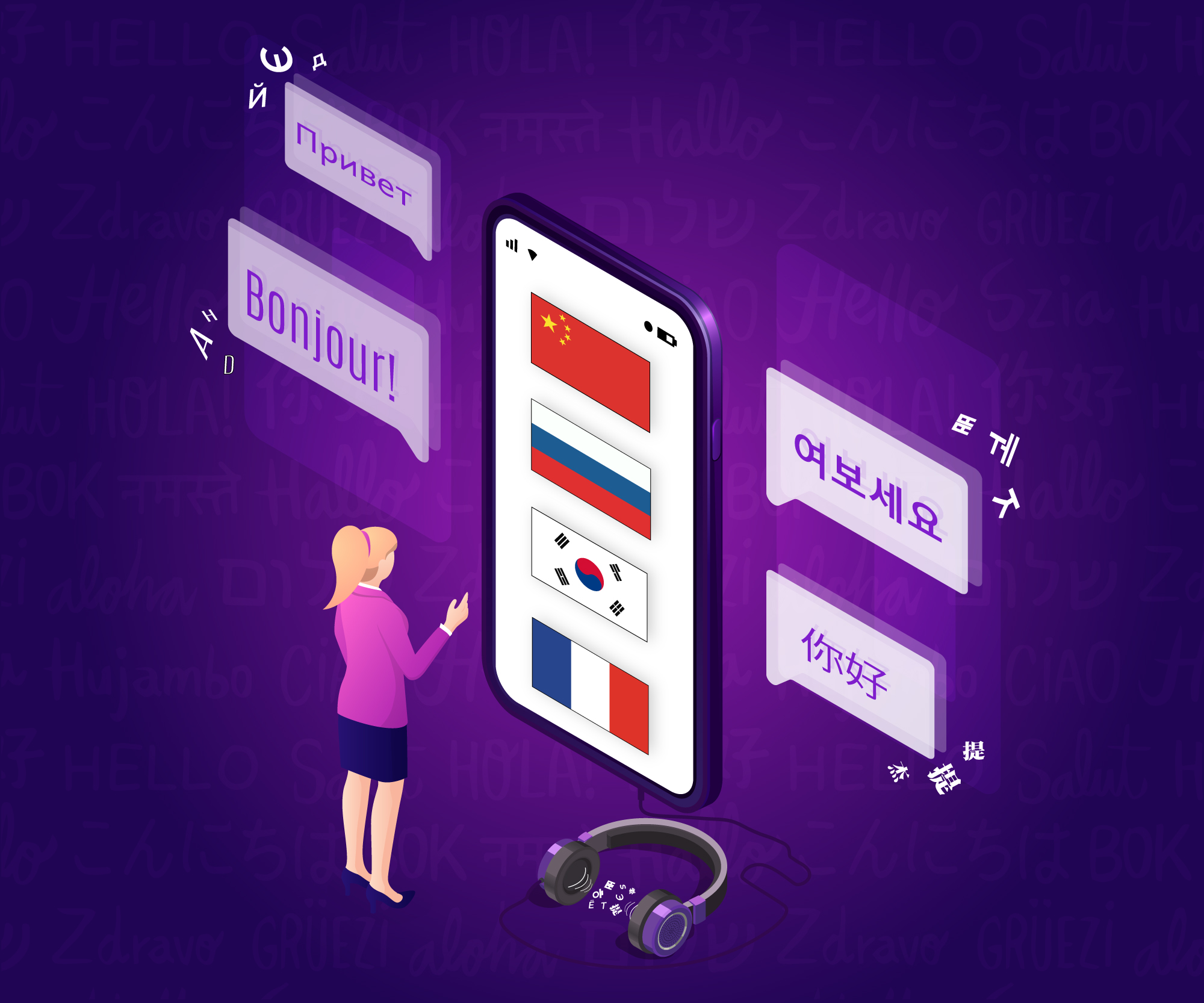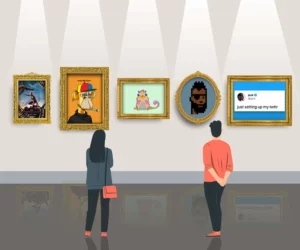
If you’re familiar with the show Little Big Shots, you’ve probably caught the episode which featured a four-year-old polyglot speaking seven languages. Seven! Most Southeast Asians grow up multilingual because their native tongue is usually different from the medium of instruction at school and/or the business language. But mastering seven languages or more as a successful polyglot basically spells ‘overachiever’ (in every script). Fortunately, this is no longer an elusive feat. The onset of digital trends has made language learning less complex and less expensive, bringing it closer to aspiring learners. As for me, I used four of the most popular language-learning apps to learn German and figure out which works best, so you don’t have to.
Top 4 free language-learning apps
I found the following apps to have rightly identified many (if not all) challenges in language learning and geared their features to address various learning needs. These language-learning apps do have payment-based levels, but their free versions also deliver quality training better than most!
(1) Duolingo
German-Guatemalan professor Luis von Ahn (the same man who authored reCAPTCHA) created Duolingo along with his post-grad student Severin Hacker in Pittsburgh, Pennsylvania. The language-learning app offers courses in around 40 languages, including conlangs (constructed languages) like Klingon and High Valyrian.
I had used Duolingo several times before and was familiar with the process. Still, they have added a few more features. Each lesson has a guidebook containing grammar tips and key phrases. The app features excellent visual learning tools. There are even audio and microphone exercises to ensure you correct your pronunciation. The meanings of many words are taught based on contextual understanding, i.e. the word’s translation is not taught to you outright. Instead, you figure it out through translation exercises based on the rest of the sentence. The structure kept me interested. The first unit is full of basic words, like ordering in a café or describing your family, while greeting people was Unit 2.
Apart from Duo the bird (the official mascot), Duolingo now has ten endearing characters with unique traits and stories. In addition, there are daily quests that also involve these characters. They are my favourite part of Duolingo and feature in each unit.
When you complete Duolingo lessons, you receive XPs (Experience Points). There are also Hearts, which work like ‘lives’ in gaming. You start with five hearts, and when you answer incorrectly, you keep losing them. You get positions on the weekly leaderboards; if your XPs place is high, you get promoted to the Bronze, Silver, and Gold Leagues. There are also streaks encouraging you to practise every day. You miss a day of lessons and lose your streak (just like Snapchat, you see). If you work somewhat hard on a particular day, you can also earn Streak Freezes, where you can miss one day, and your streak doesn’t end. Of course, there are premium options, but the free services are pretty awesome too.
(2) Drops
Created in 2015 by Daniel Farkas and Mark Szulyovszky, Drops offers 45+ languages. The quiz game company Kahoot! owns this language-learning app. The app is a series of games that helps you get acquainted with what you learn. Language learning has been effectively gamified with activities like word-find, matching the picture to the word, right or wrong, etc. Moreover, the exercises get harder as you progress.
However, you can only learn for 5 minutes; you must wait 10 hours for your next lesson. Is this why it’s called Drops—because you learn in 5-minute drops? I do not know, but if you’re anything like me, this pushes you to learn faster and ensures you get the most out of that lesson. Also, you will find the time to do it every day because you only need five minutes. And honestly, the lessons stick. The app takes note of your interests, and the lessons get unlocked as you go.
Rather than categorised lessons as seen in other language-learning apps, expressions like ‘Hello’ and ‘Thank you’ are taught alongside words like ‘bank’, ‘city’, and ‘sunglasses’. In addition, the app introduces and reviews new vocabulary alongside old ones. Here, too, there are streaks like Duolingo. After each session, you get a Statistics report containing new words learnt, your accuracy in recollection, and how well you could grasp each word.
(3) Mondly
Mondly is a Romanian company founded in 2013 by brothers Alexandru Iliescu and Tudor Iliescu. With 41 languages to offer, the app takes a more traditional approach. For instance, you can click on a verb to learn its conjugations (that is, how the verb is used when referring to singular/plural, a different tense, etc.). Nouns, too, have their gendered article in parentheses.
The first unit is fully accessible. Before you get to introductory phrases and expressions, you learn different words, like times of the day, family members, and such. Each lesson contains about 4-8 words. The app introduces and then reviews these words through activities like picture association and sentence translation. You can revise newly learned phrases at the end of each lesson. There is also a hands-free session if you want to review lessons while engaged. After completing the lessons in a unit, there is a conversation section where you can practise verbalising the phrases learnt, along with some new ones. You can then listen to the entire conversation. In addition, the app has a vocabulary section.
After that, you get access to daily lessons, i.e. 1 lesson per day. Although there is a scoreboard here, the gamification is much more subtle. You gain 13 points per lesson. The Leaderboard can feature your friends, and you get to know what position you’re in nationally and globally. Intentionally quirky clickbait notifications like ‘Don’t touch this! It will make you learn more!’ make learning more engaging and fun.
(4) Memrise
Co-created by a Grand Master of Memory, Ed Cooke, Ben Whately, and neuroscientist Greg Detre, the app Memrise employs a study method called spaced repetition (reviewing material at specific intervals). The language-learning app focuses on maximum vocabulary acquisition. You can sign up using Apple, Facebook, or Google. A great feature of this app is that you can set the time and days for your lessons. These lessons use video footage of locals saying the words. A great feature (that most language-learning apps do not have) is that you can replay the footage repeatedly to notice the mouth movements, which makes the pronunciation more appropriate. You can also learn the variations, tonal differences, and conversational forms you can use with each expression. The only drawback is that some units are locked and are only available for premium members.
The first lesson is basic introductions, basic questions, and polite expressions. The app has specific scenarios like “Small Talk on Vacation” and “Craving a Snack” to help you practise the language. There is an interesting audio exercise (enacted by live actors) where you have to spot the new word in a monologue/dialogue. During this exercise, the language-learning app notes the words you get wrong, and you can practise them later. However, there are no vocalisation exercises.
Which of these language-learning apps is the one for you?
These language-learning apps are all excellent. Here are my key takeaways:
- Duolingo is best if you’re trying to quickly learn as much as possible.
- Drops is very doable if you’re super busy and low on attention.
- Mondly is suitable for a more traditional audience.
- Memrise is one of the best language-learning apps to nail your comprehension of local pronunciations and expressions.
Have you used any of these language-learning apps? Let us know if you have a favourite. And alles gute on your journey to polyglot status soon!


